
Connectivity to create new potential for maritime centers
Ho Chi Minh City, with the advantage of being the "hub" of the Cai Mep - Thi Vai deep-water port cluster and the system of 89 ports after the merger, is facing the opportunity to break through to become an international maritime center.
The city’s seaport development strategy does not stop at traditional loading and unloading activities, but also expands to a chain of value-added services such as fueling, ship supply, technical maintenance, maritime finance and insurance, cold logistics, ICD and urban distribution. The formation of this maritime and financial service ecosystem will directly contribute to strengthening the Ho Chi Minh City International Financial Center in the future.
After merging with Binh Duong and Ba Ria – Vung Tau, Ho Chi Minh City became a special urban area with a continuous coastline stretching from Can Gio – Vung Tau – Ho Tram – Con Dao. The open sea space creates a rare advantage for comprehensive marine economic development, in which the City identifies three key areas: Maritime economy and logistics, oil and gas – energy – renewable energy, tourism – marine urban areas.
Of these three pillars, maritime economy and logistics are considered the “growth engine” when the City aims to form a smart port-logistics cluster Cai Mep - Thi Vai - Can Gio, following the model of a digital super port operating on a Big Data platform and a digital coordination center. The goal is to build a leading maritime logistics center in Southeast Asia, directly connected to the global supply chain.
Currently, logistics accounts for 10-15% of Ho Chi Minh City’s GRDP, but there is still a lot of room for development. About 70% of goods from Cai Mep – Thi Vai are being transported to the city by waterway, contributing to reducing pressure on roads and opening up opportunities to establish post-port logistics zones along the Saigon River – Dong Nai River.
Areas such as Cu Chi, Dau Tieng, and An Tay are capable of receiving barges of over 100 TEU, becoming "back ports" directly connected to industrial parks - export processing zones - urban distribution centers.
If exploited effectively, this area can form a connected water-rail-road transport chain, helping to reduce logistics costs and improve the competitiveness of goods.
Regionally, Sihanoukville (Cambodia) currently only receives ships under 50,000 tons, most of the goods are still transited through Singapore or Laem Chabang (Thailand) with an output of about 2 million TEU/year.
If Ho Chi Minh City can design an optimal transit route and connect port services in the Cai Mep - Thi Vai cluster, the city can completely attract transit goods from the Mekong sub-region, shorten the journey to the US - Europe and increase international attraction.
Mr. Vu Ninh, a member of the Board of Directors of Gemadept, said that it is necessary to connect all ports in the Cai Mep - Thi Vai cluster into a network of interconnected ports that share infrastructure, data and services, instead of operating separately according to each investor. Along with that, it is necessary to "upgrade seaport products" from loading and unloading services to a complete set of services including: fuel supply (bunkering), ship supply (ship supply), floating repair, marine insurance and trade finance.
Mr. Vu Ninh shared: “Every month, more than 100 super ships arrive at Cai Mep – Thi Vai area. If all ship logistics services were performed right in Ho Chi Minh City, service revenue would far exceed loading and unloading revenue.”
According to Mr. Ninh, to do that, Ho Chi Minh City needs a unified coordination point, managing ship schedules, infrastructure, services and data standards, and at the same time building a smart port platform connecting shipping lines - customs - warehouses - ICD - domestic transport, allowing scheduling, slot sharing, sharing of empty containers and single declaration. This approach will help shorten turnaround time, reduce logistics costs, increase predictability across the chain, thereby creating long-term competitive advantages.
Positioning the role of a regional maritime "super center"
According to the orientation of the Ho Chi Minh City People's Committee, deep-water port development will be based on three main pillars: multimodal infrastructure - breakthrough institutions - technology and greening.
Firstly, multimodal infrastructure. The city prioritizes completing the main traffic routes connecting the port - industrial park - airport, including Ring Road 3, Ring Road 4 and inter-regional expressways; at the same time, upgrading and dredging the river channel to receive large-tonnage barges and developing the Ho Chi Minh City - Cai Mep - Bau Bang - Can Tho freight railway.
At the same time, the City will plan inland container depots (ICDs), cold logistics centers and distribution centers along the belt, forming a "post-port logistics belt", helping to shorten travel time and reduce transportation costs.
Second, institutional breakthrough. Ho Chi Minh City is studying the application of the “one-stop-shop” model for all port, customs and quarantine procedures; at the same time, building a sandbox mechanism for financial services – marine insurance – fueling, along with preferential policies for logistics human resources and the PPP mechanism in port infrastructure investment.
In particular, the formation of a free trade zone (FTZ) at the central port is expected to promote value-added services such as classification, packaging, labeling, and inspection, similar to the Shanghai Free Trade Zone model (China).
Third, technology and greening. The city promotes the construction of a smart port ecosystem, applying IoT, RFID, AI cameras and digital dispatch platforms; deploying congestion forecasting using machine learning, optimizing barge and empty container transportation.
Along with that, developing clean fuel infrastructure (LNG), charging stations for electric vehicles, piloting electric tractors, and researching CO₂ capture and storage following the Rotterdam model (Netherlands). “Greening” is identified as a long-term competitive advantage, helping the City effectively access “low-carbon” supply chains and affirming its position as the region’s green maritime center.
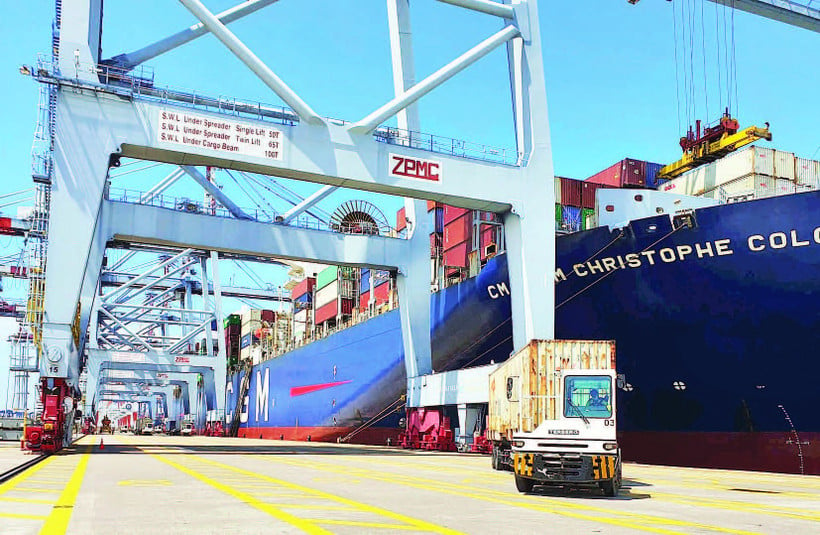
At the strategic level, Mr. Nguyen Van Dung, Vice Chairman of the Ho Chi Minh City People's Committee, said that the City will build a World Maritime Center Project located in Ho Chi Minh City, with the participation of leading enterprises such as Gemadept, Saigon New Port and international partners. When connecting port clusters, expanding high-value services, and completing the "post-port logistics belt", Ho Chi Minh City will consolidate its role as a commercial gateway and financial maritime center of the region.
Meanwhile, Associate Professor Dr. Tran Hoang Ngan, Member of the National Financial and Monetary Policy Advisory Council, said that when the seaport economy develops, it will lead to the development of the goods market and international payments, creating a foundation for Ho Chi Minh City to become an international financial center associated with seaports.
However, to achieve this goal, financial resources are key. The city needs about 1 quadrillion VND of investment capital each year, of which infrastructure accounts for half. The budget only meets about 200,000 billion VND in the 2026-2030 period, the rest must be mobilized from the private sector, FDI and land resources. The city is proposing to amend Resolution 98 to perfect the mechanism to attract strategic investors, especially in the super port - Cai Mep Ha FTZ area and the maritime - logistics - energy service ecosystem.
Source: https://baotintuc.vn/kinh-te/tp-ho-chi-minh-moi-bai-cuoi-phat-trien-cang-bien-thanh-trung-tam-hang-hai-quoc-te-20251025200156362.htm



![[Photo] Prime Minister Pham Minh Chinh chairs the second meeting of the Steering Committee on private economic development.](https://vphoto.vietnam.vn/thumb/1200x675/vietnam/resource/IMAGE/2025/11/01/1762006716873_dsc-9145-jpg.webp)


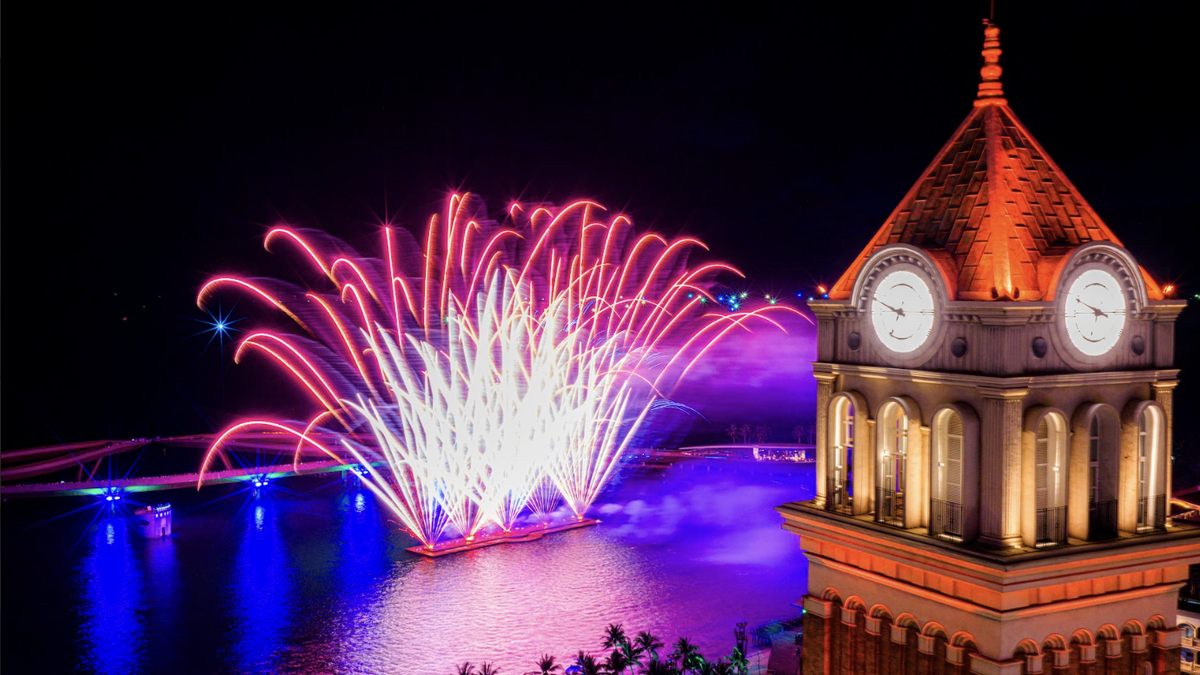


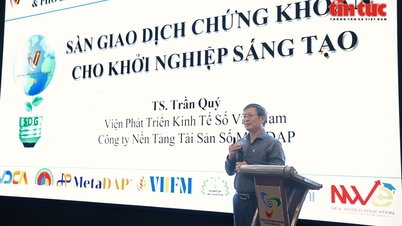



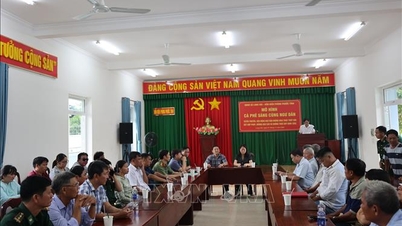








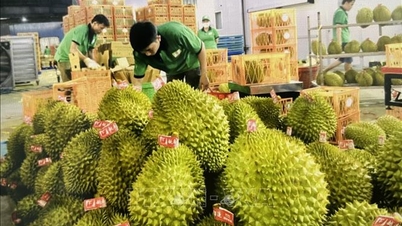







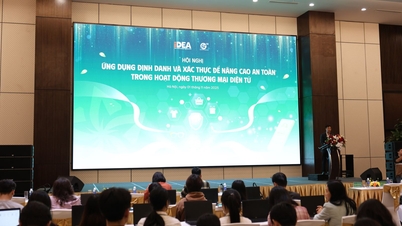
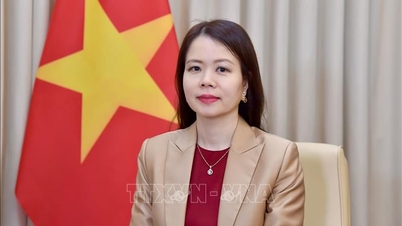

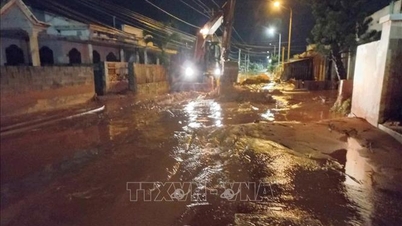





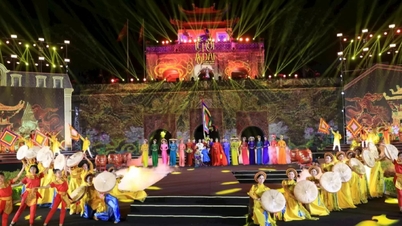

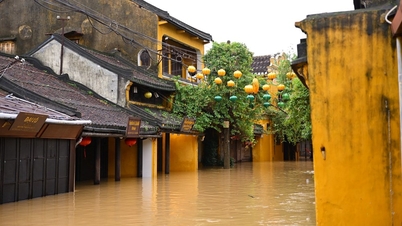





































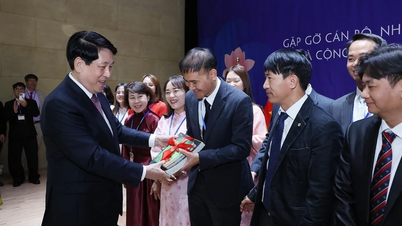
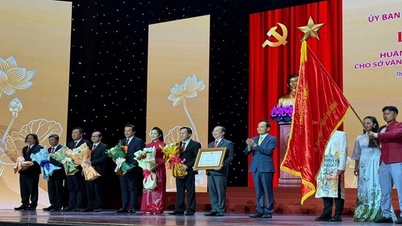
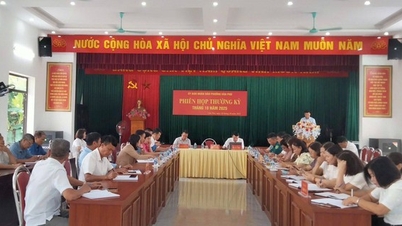

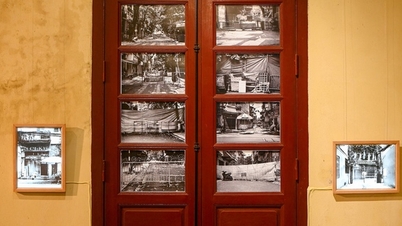


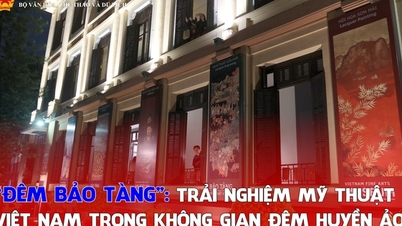
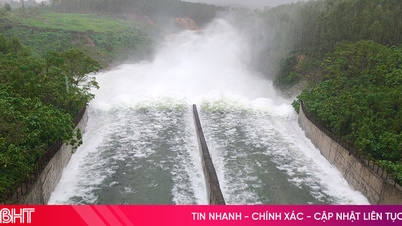

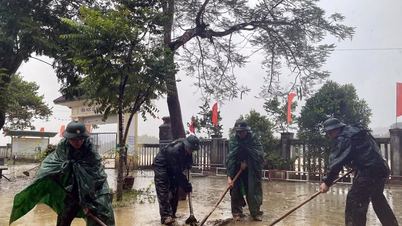





















Comment (0)